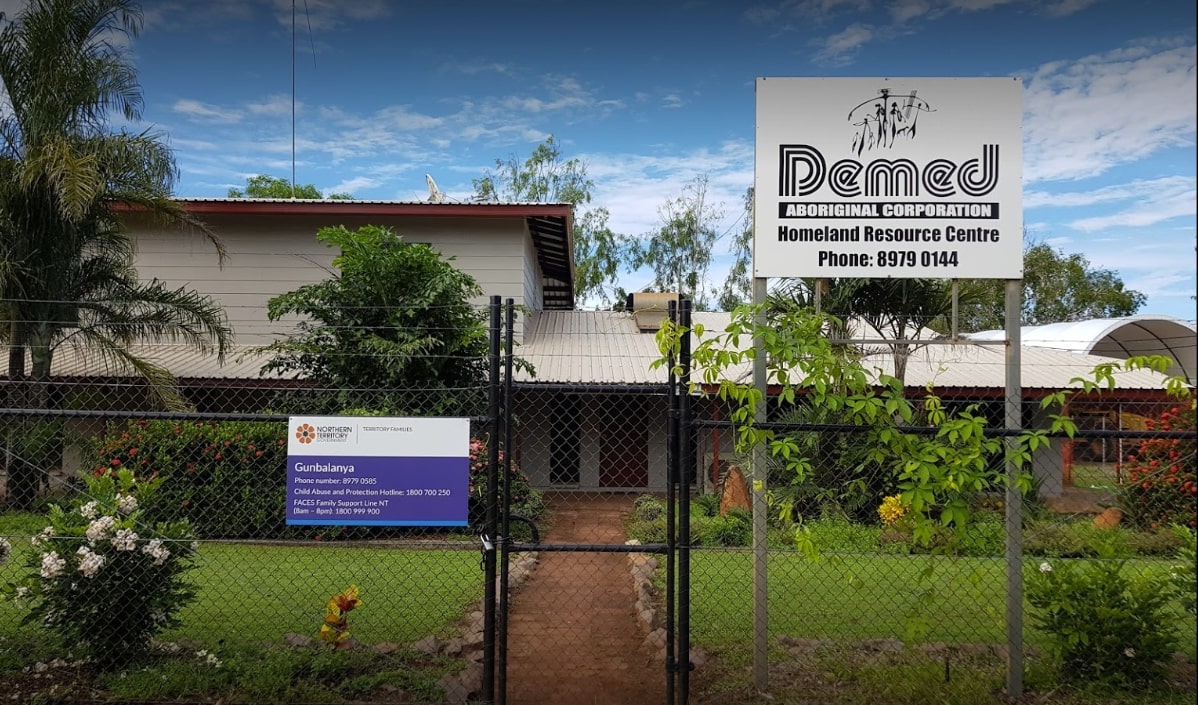WARNING: This article contains distressing content
A young boy who died after being electrocuted in a remote Northern Territory community has been described as happy-go-lucky, good at sport and hunting, and very bright.
Eleven-year-old “Rory”, who can’t be named for cultural reasons, was found dead by relatives on the morning of October 29 last year at a house in Gunbalanya, about 200 kilometres southeast of Darwin.
The steel roof of the house was found to be live with 240 volts, and neither the roof nor the metal riser was earthed.
Today, the Northern Territory Coroner’s Court began hearing evidence into the death.
Counsel Assisting the Coroner Kelvin Currie said Rory lived with his parents in Gunbalanya.
“He loved basketball, football, and bike riding and was a good hunter. He attended school every day and was said to be very bright."
The court heard Rory had been dropped off at his uncle’s place, house 548, by a relative on the afternoon of October 28 and that he was hoping to retrieve a phone to play games on.
There was no one home at the time and when the residents did return, they didn’t observe Rory at the address.
He was found dead early the next morning.
Mr Currie said Rory’s body was found in a “jack-knife” position, appearing to be stuck in a 200mm gap between steel mesh around the house and the roof.
He said it appeared the body had been there for a significant amount of time, and that Rory's uncle was unable to identify the body.
Confusion over the cause of death
Crime scene investigators from Darwin travelled to Gunbalanya the day Rory’s body was discovered.
A post-mortem examination was conducted the following day, and the preliminary view was that Rory had died of positional asphyxiation.
Snakebite was examined as another possible cause of death.
Almost a week later, one of Rory’s siblings reported receiving an electric shock while trying to test if the 200mm gap between the mesh and the roof was sufficient for Rory to crawl through.
“As he got near the top he put his head, side-on through the space,” Mr Currie said.
“As he did so he felt a sharp pain shoot through the right side of his head and down his neck."
Forensic Pathologist Dr Marianne Tiemensma said Rory’s mother alerted investigators about another of her children receiving a shock and a preliminary inspection of the body was undertaken.
She said during the second examination she noticed faint skin discoloration on Rory’s thigh and blister formations on his toes, signs suggestive of electrical injury.
Company queried over maintenance
The house where Rory died is maintained by local Homelands service provider Demed Aboriginal Corporation, which owns and maintains about 10 houses in Gunbalanya.
Chief Executive Officer John Thomas said he was unaware of any electricity issues at house 548 prior to the fatality, although minor works such as replacing an air-conditioner had been undertaken.
Electrical inspections carried out after Rory’s death found the riser connecting the house’s power mains box to the service cable was not earthed and the service cable was severed.
Mr Thomas said electrical contractors employed to undertake maintenance inspections at the property had “probably not” been asked to check such issues.
Subsequent inspections of other Demed properties in the community found similar issues with risers operating unearthed.
“If the riser’s not earthed then the house is not earthed properly,” Mr Thomas said.

Demed Aboriginal Corporation was responsible for the maintenance of the property where the boy died. Source: https://www.demed.com.au/
Previous incident
On January 10, 2020, about 10 months before Rory died, a child in Gunbalanya received a shock from a dividing fence between two properties.
The child was taken to the local clinic and fully recovered.
Power and Water inspected the fence and deemed the situation unsafe, and a contractor installed a new earth stake the following day.
Senior Detective Constable Brett Wilson headed up the NT Police investigation and flew to Gunbalanya on the day Rory’s body was discovered.
He told the inquest he wasn’t made aware of the earlier incident while undertaking his investigation.
Det. Sen. Constable Wilson also told the inquest he had difficulty in accessing building and maintenance records for the property, which he believed was built in 1996.
The inquest continues.



